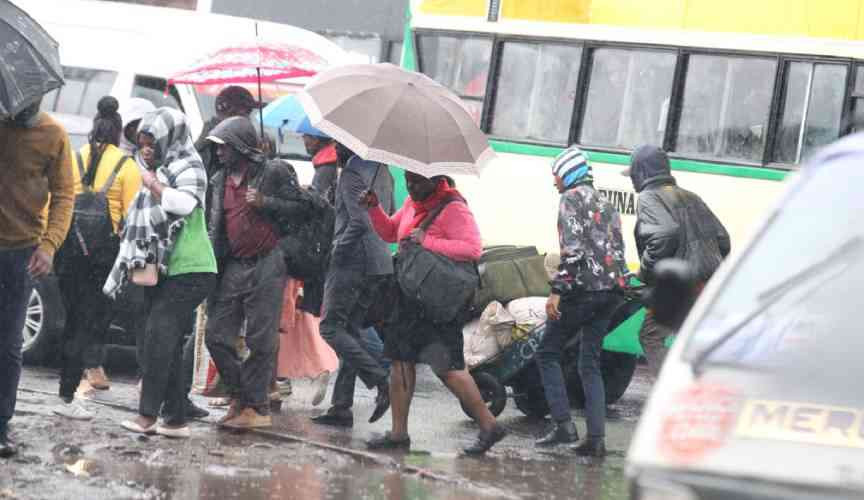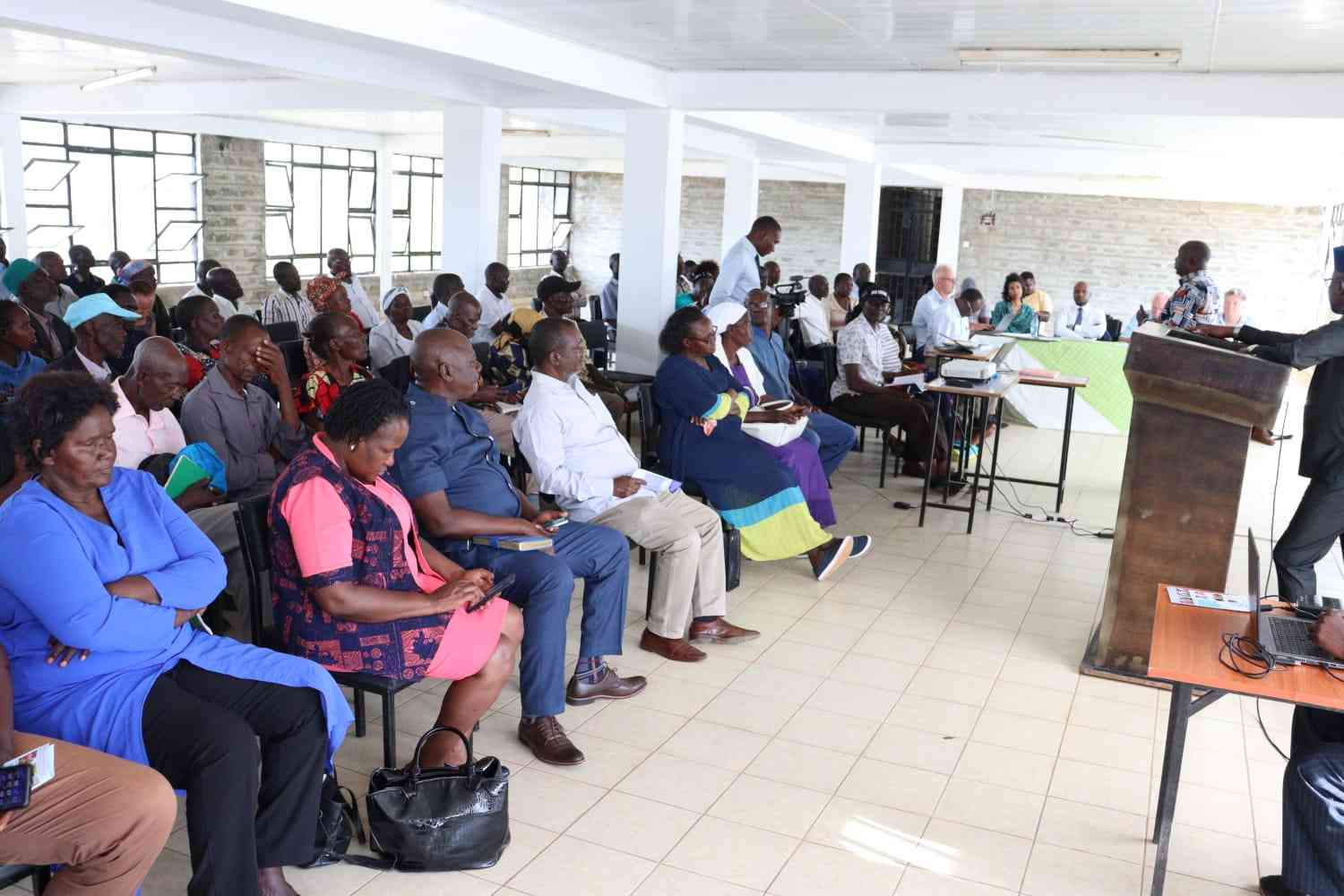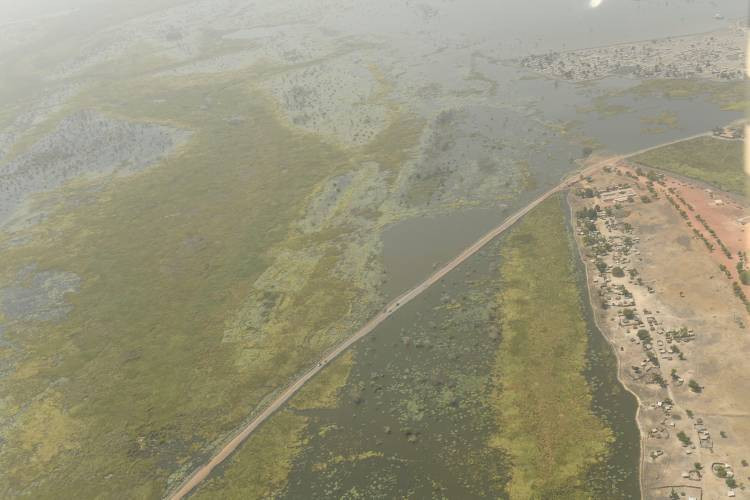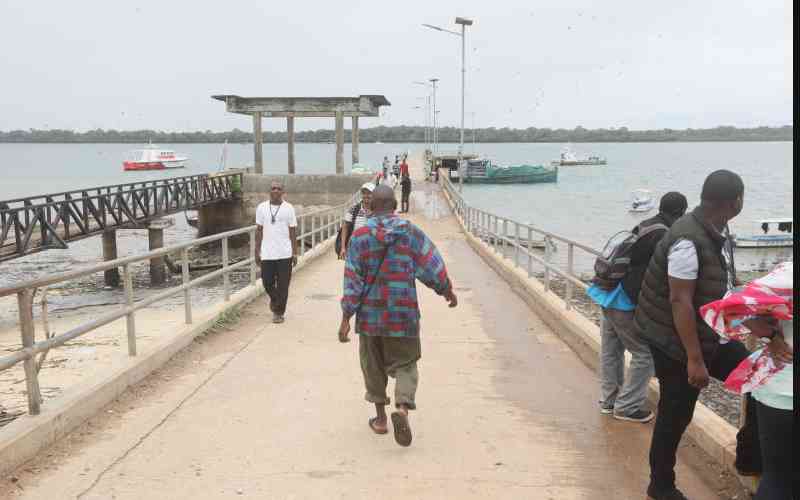By Lemomo Kulet
The weatherman has set the alarm bells ringing again. According to the outlook for the October-November-December short rains, most of the country is likely to experience enhanced rainfall.
According to a press release by the metrological department: “The onset in southern parts that include Narok and Kajiado among others is likely to occur in the fourth week of October to first week of November and extend into January next year, especially in Narok county.”
Flash floods
This means — as is always the case — Narok will experience flash floods that cause displacements, destruction of livelihoods and property, deaths and injuries. Some residents have never recovered from the flash floods of 1993 that killed over 50 people, displaced thousands and destroyed property worth millions of shillings.
The economic cost of the impact of floods in the past has been estimated in millions of shillings.
The vexing question in many residents’ minds is why the town is at the ‘epicentre’ of floods. Flooding occurs mostly due to heavy rainfall when natural watercourses do not have the capacity to carry excess water. However, floods are not always caused by heavy rainfall. They may also occur due to human manipulation of watersheds, drainage basins and flood plains. A case in point, Narok floods have occurred in the river basins even with normal rains because of excess surface water runoff occasioned by deforestation and land degradation upstream.
The cause
“The main cause of flooding in Narok town is loss of forest cover in the outlaying water catchments coupled with the closing up of waterways in the town due to structures done in total disregard of the law,” says Dan ole Sapit, a former WWF staff who is currently a Climate Change Advocate.
He notes that the outlaying areas of Narok town are the main source of unbridled charcoal trade that is estimated to be worth millions, but resulting in environmental destruction and related degradation worth hundreds of millions that would require billions to mitigate.
“The general topography of Narok town is considered a recipe for catastrophic degradation if necessary adaptation mechanisms are not employed as a matter of urgency including upper catchment restoration, water conservation and harvesting and improving the forest cover at the Mau forest,” says ole Sapit.
 The Standard Group Plc is a
multi-media organization with investments in media platforms spanning newspaper
print operations, television, radio broadcasting, digital and online services. The
Standard Group is recognized as a leading multi-media house in Kenya with a key
influence in matters of national and international interest.
The Standard Group Plc is a
multi-media organization with investments in media platforms spanning newspaper
print operations, television, radio broadcasting, digital and online services. The
Standard Group is recognized as a leading multi-media house in Kenya with a key
influence in matters of national and international interest.
 The Standard Group Plc is a
multi-media organization with investments in media platforms spanning newspaper
print operations, television, radio broadcasting, digital and online services. The
Standard Group is recognized as a leading multi-media house in Kenya with a key
influence in matters of national and international interest.
The Standard Group Plc is a
multi-media organization with investments in media platforms spanning newspaper
print operations, television, radio broadcasting, digital and online services. The
Standard Group is recognized as a leading multi-media house in Kenya with a key
influence in matters of national and international interest.









